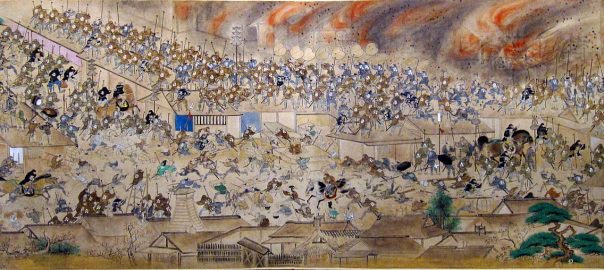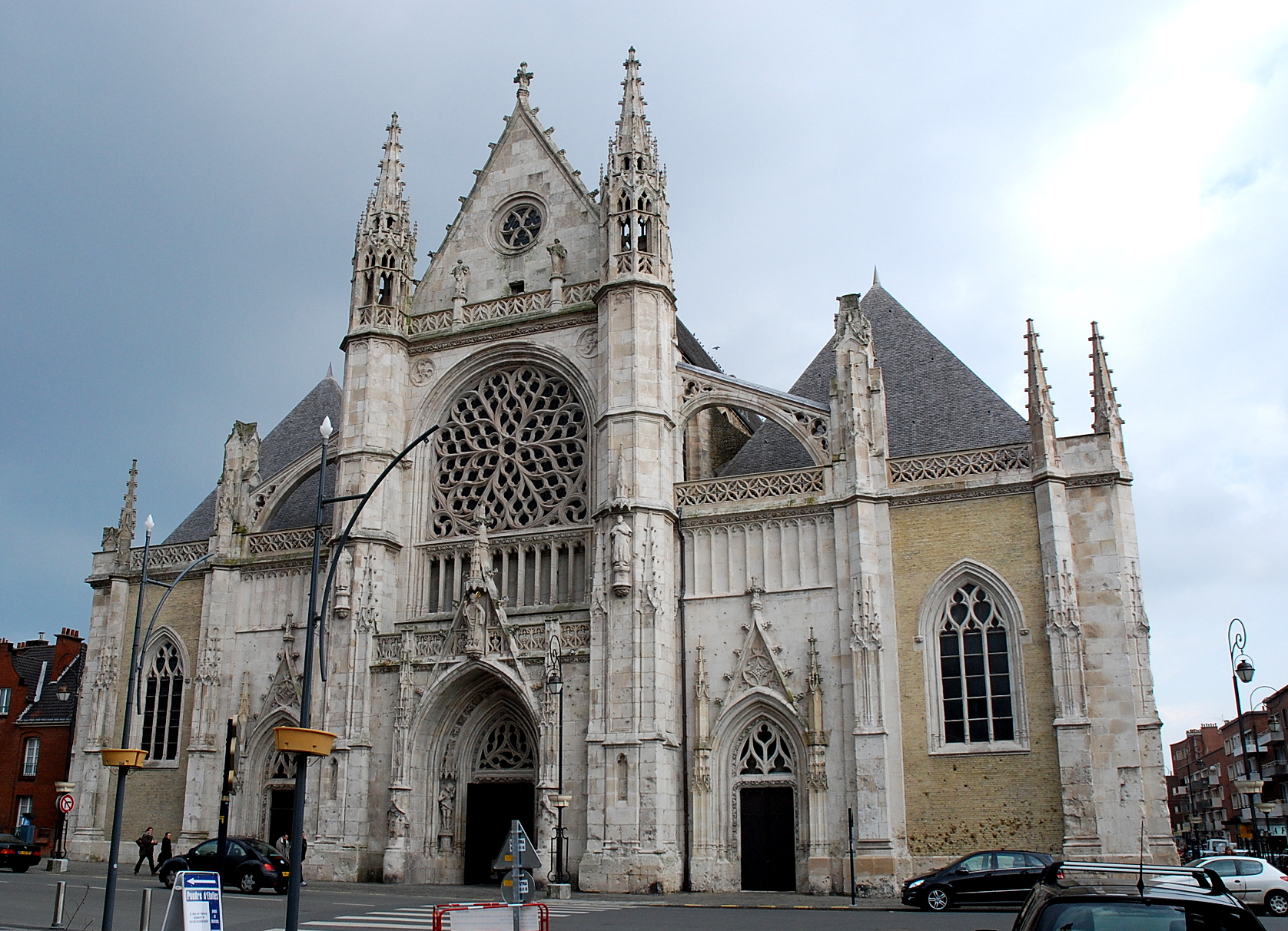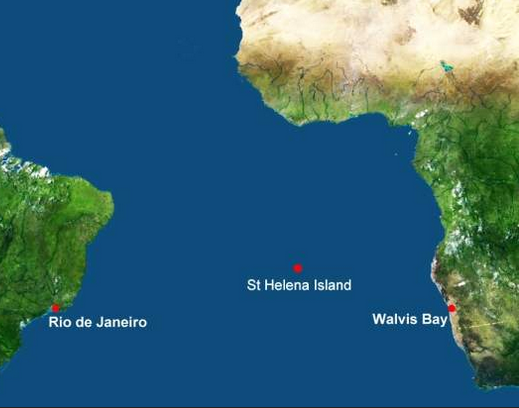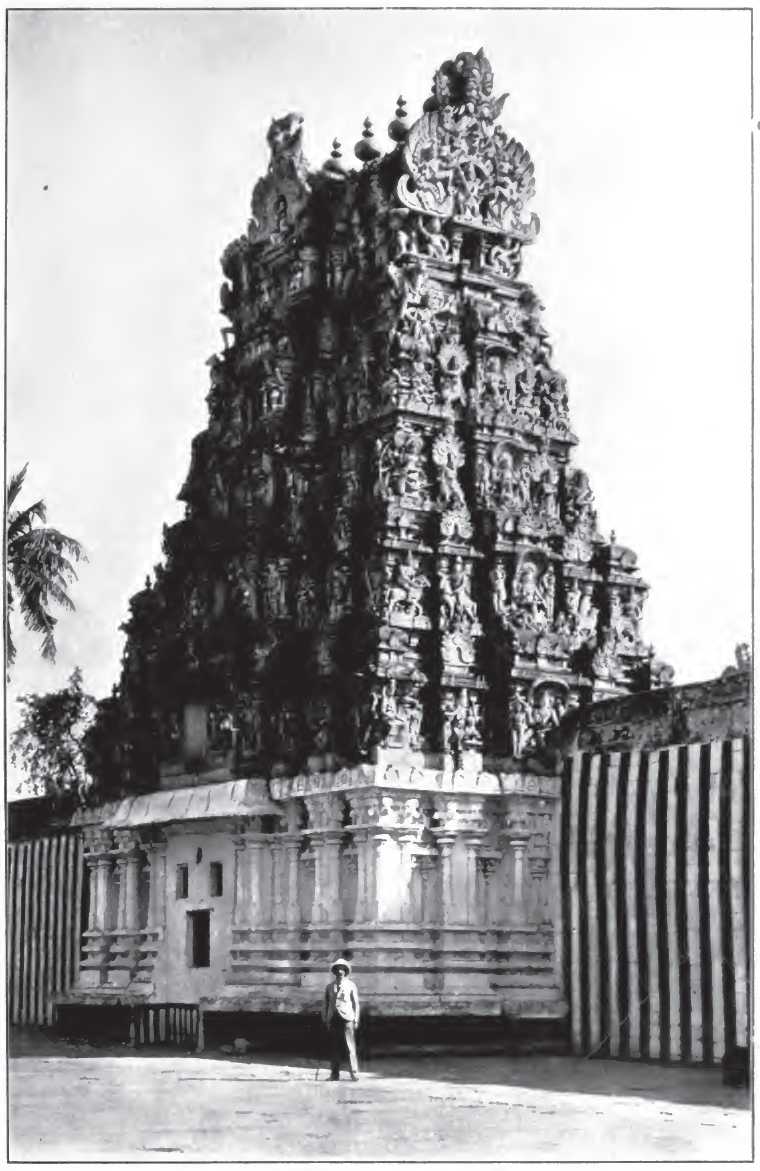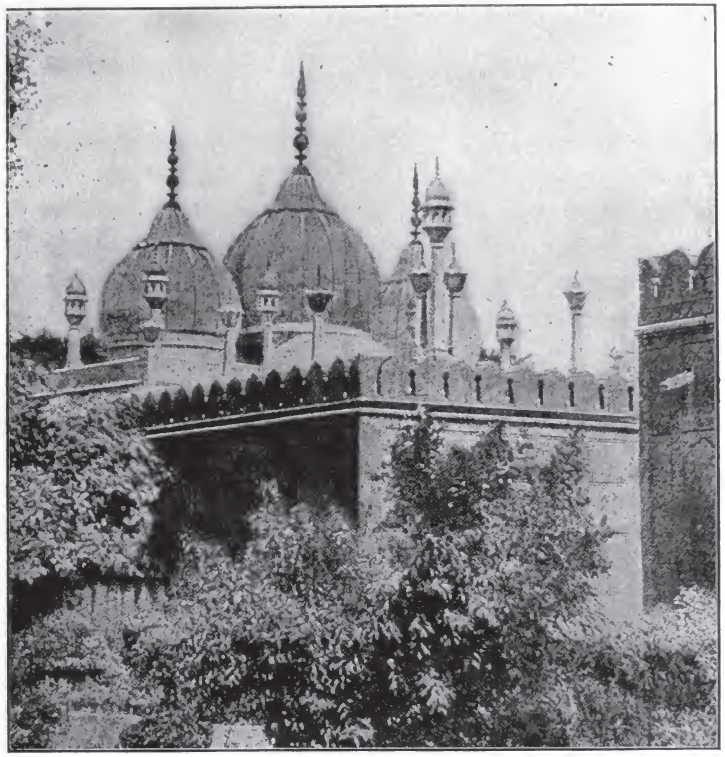In 1657, most of the new developments concerned England and its still-developing empire. The major world event that did not involve England in any way was the Great Fire of Meireki, which swept through the Japanese capital of Edo (Tokyo) in early March. It lasted for three days, destroyed 60-70% of the city, and was estimated to have claimed over 100,000 lives. The above image is a handscroll depicting scenes from the fire.
On to the Lord Protector (Cromwell) who had a busy year. Scroll on down to learn about the steps he took in 1657 to try to institutionalize the work of the East India Company on a continuing basis that was much more stable than hitherto. But here’s what else was going on for him that year…
January: Cromwell escapes hamfisted assassins

In January, a Leveller called Miles Sindercombe was arrested by Cromwell’s spymaster John Thurloe who had gotten wind of a series of assassination attempts he and his allies had been planning against the Lord Protector. The list of hamfisted attempts the plotters had attempted and then abandoned makes for pretty hilarious reading.
After Sindercombe and his sidekick John Cecil were arrested, Sindercombe was tried and found guilty. (Cecil and another former plotter both testified against him.) WP tells us he was:
sentenced to be hanged, drawn and quartered. Sindercomb’s sister brought him poison the night before he was to be executed… He drank it and was found dead in his cell in the Tower of London on 13 February 1657. His body was dragged to the erected gallows and buried beneath it by the hangman.
January: London’s new synagogue starts services
In 1657, Cromwell decided to encourage Jews to return to England, over 350 years after their banishment from the country by Edward I– “in the hope that they would help speed up the recovery of the country after the disruption of the Civil Wars.” That page on WP tells us Cromwell also hoped they would convert to Christianity “and therefore hasten the Second Coming of Jesus Christ.”
This WP page on the decision tells us:
By December 1656 [the few Jews already in London] had rented a house for use as a synagogue, and services began in January of 1657. In February of 1657 the new community… acquired land near Mile End for use as a Synagogue… By the end of the decade the number of Jewish families had risen to thirty five. In 1657 Solomon Dormido, a nephew of Menasseh Ben Israel, was admitted to the Royal Exchange as a duly licensed broker of the City of London, without taking the usual oath involving a statement of faith in Christianity, (when he was finally sworn in in 1668, the oath was changed for him).
February: Cromwell offered the Crown by new parliament
On February 23, a “Humble Petition” from the new parliament that Cromwell had assembled begged him to take the Crown of England. His page on English-WP tells us this:
present[ed] him with a dilemma since he had been “instrumental” in abolishing the monarchy. Cromwell agonised for six weeks over the offer. He was attracted by the prospect of stability it held out, but in a speech on 13 April 1657 he made clear that God’s providence had spoken against the office of King: “I would not seek to set up that which Providence hath destroyed and laid in the dust, and I would not build Jericho again”…
He seemed to like Biblical analogies for his big decisions. Anyway, then this happened:
Instead, Cromwell was ceremonially re-installed as Lord Protector on 26 June 1657 at Westminster Hall, sitting upon King Edward’s Chair, which was moved specially from Westminster Abbey for the occasion. The event in part echoed a coronation, using many of its symbols and regalia, such as a purple ermine-lined robe, a sword of justice and a sceptre (but not a crown or an orb). But, most notably, the office of Lord Protector was still not to become hereditary, though Cromwell was now able to nominate his own successor.
Cromwell’s new rights and powers were laid out in the Humble Petition and Advice, a legislative instrument which replaced the Instrument of Government. Despite failing to restore the Crown, this new constitution did set up many of the vestiges of the ancient constitution including a house of life peers (in place of the House of Lords). In the Humble Petition it was called the Other House as the Commons could not agree on a suitable name. Furthermore, Oliver Cromwell increasingly took on more of the trappings of monarchy. In particular, he created three peerages after the acceptance of the Humble Petition and Advice…
March: Cromwell signs treaty with France
On 23 March 1657, the Protectorate signed the Treaty of Paris with Louis XIV against Spain. Cromwell pledged to supply France with 6,000 troops and war ships in its continuing war against the Spanish Netherlands (Flanders). Under the treaty, France would contribute an army of 20,000 men to the joint effort while England would contribute both 6,000 troops and its fleet in a campaign. They also agreed that once they had won,
Gravelines would be ceded to France and Dunkirk and Mardyck to England. Dunkirk, in particular, was on the Commonwealth’s mind mainly because of the [Spanish] privateers that were causing damage to the mercantile fleet. For Cromwell and the Commonwealth, the question of possession of Dunkirk thus passed from a diplomatic possibility in the region to urgent political necessity.
1657 (unknown month): Settling of St. Helena
In 1657, Cromwell granted the EIC a charter to colonize the tiny island of St. Helena, located in the middle of the South Atlantic.
The prior history of the island’s role in European colonization efforts was this:
The Portuguese found Saint Helena uninhabited, with an abundance of trees and fresh water. They imported livestock, fruit trees and vegetables, and built a chapel and one or two houses. Though they formed no permanent settlement, the island became crucially important for the collection of food and as a rendezvous point for homebound voyages from Asia. English privateer Francis Drake very probably located the island on the final lap of his circumnavigation of the world (1577–1580). Further visits by other English explorers followed, and, once St Helena’s location was more widely known, English warships began to lie in wait in the area to attack Portuguese carracks on their way home from India. In developing their Far East trade, the Dutch also began to frequent the island and made a formal claim to it in 1633, but did not settle the isle and by 1651 largely abandoned it in favour of their colony at the Cape of Good Hope.
October: Cromwell tries to instititutionalize the EIC
The first Appendix to the study that historian William Wilson Hunter (WWH) wrote of inter-European conflicts in the Indian Ocean in the 17th century provides a fairly detailed account of the challenges that Cromwell faced in dealing with the East India Company. Primarily, these were legacies that he inherited from the eras of James I and Charles I: the Crown’s licensing of other English merchant companies to also conduct trading expeditions in the Indian Ocean, in direct competition with the EIC, and the chronically shaky financial underpinnings of the EIC.
As WWH explains the situation, in the mid-1650s, the EIC was still being run in the form of a “Regulated Company” (WWH, 280-81):
On this basis the Company equipped its first nine voyages. When the system of Separate Voyages proved too weak to cope with its Portuguese and Dutch rivals in the East, it raised a series of Joint Stock subscriptions, each of which supplied the capital for a distinct series of voyages. But the Joint Stock subscription was designed only for a limited number of years, at the end of which it was to be wound up – in short, the original system of Separate Voyages gave place to a system of separate series of voyages. Every new Joint Stock was intended to take over at a valuation the factories of its predecessor in India...
Amid the troubles of the Civil War the system of separate series or groups of voyages broke down. But although money could not be raised for a series of voyages, there were, as we have seen, men both inside and outside the Company ready to stake a sufficient sum for a single voyage, if freed from the burden of the capital sunk in India. Such attempts to combine the original system of Separate Voyages with that of Joint Stock series of voyages led to a demand for the individual freedom of each member of the Company to trade on his own account – in short, for a reversion from the successive and distinct series of Joint Stocks back to the old Regulated system. The resistance of the governing body of the Company to this demand produced the petitions and counter-petitions on which the Council of State had so long been unable to decide.
Cromwell had, it seems, tasked someone called “Colonel Jones” to sort out the situation (WWH, 281-82):
Colonel Jones’s report was presented to the Council of State on December 18, 1656. That body renewed its old hesitations, and the Company, in anger and despair, resolved on January 14, 1657, that unless a decision were received within a month, it would make sale of its factories, rights, and customs in India “to any natives of this commonwealth to and for their own proper use.” There was now no mention of its taking a share with the purchasers, and it evidently contemplated a complete withdrawal from the trade. It ordered bills of sale to be hung up in the London Exchange. The Council of State, thus galvanized into action, summoned the Company and the rival merchant adventurers for a final hearing, and advised the Protector “that the trade of India be managed by a United Joint Stock exclusive of all others.” Forthwith, on February 10, 1657, Cromwell directed that a committee should sit to draw up a charter, which on October 19th passed the Broad Seal of England.
But no record of that charter survives! WWH tells us why (pp. 282-86):
After the Restoration the Company hastened to purge itself of complicity with the Commonwealth, and the document disappeared. A diligent inquiry now leaves no hope that a copy survives in England, Holland, or the East. But although the charter has perished, I have been able, from contemporary documents, to piece together its main provisions. It ratified the charter of James I with slight modifications, and gave additional privileges. As new coast towns had sprung into vigour, the original three ports (London, Dartmouth, and Plymouth), from which bullion might be exported, were to be increased to seven. On the other hand, the clauses granting the powers of Law Martial and immunity from customs, tonnage, and poundage, and certain other privileges, were to be omitted, and left to be dealt with by special orders from the Protector, who should also have the right to recall the charter if he saw cause. Cromwell’s charter, in fact, combined the substance of the Royal Charter of 1609 with the more continuous government-control provided by the Parliamentary grant of 1650. The Protector promised that his settlement should in the next session be confirmed by Act of Parliament.
Cromwell died the following year before a Parliamentary sanction could be obtained, and his charter formed the last word of the Commonwealth on the three sets of proposals which had so long divided English merchants: namely, for an open commerce to India, for a Regulated Company, and for a Joint Stock Company. He reconstituted the India trade on the basis of “One Joint Stock.” The words “Joint Stock” do not occur in the charters of Elizabeth or James I, nor, indeed, in any royal charter until that of 1686. The Company’s so called “Joint Stocks” had been merely successive subscriptions for separate sets of voyages; each set being a distinct and several adventure to be wound up at the end of a fixed number of years. The idea of a united joint stock, which emerged in the Parliamentary settlement of 1650, developed under Cromwell’s charter of 1657 into a united and continuous joint stock.
The change was wrought not by Cromwell alone, but by Cromwell representing the spirit of the times. If the Protector prescribed unity, the Company interpreted unity to imply also continuity and permanence. The very day that the charter passed the Broad Seal, a General Court held at the India House laid down the conditions under which it should be carried out. These conditions, as finally settled, threw open the freedom of the Company to the public for the nominal sum of £5. They admitted not only the members of the various groups who had made up the old East India and Assada Companies, together with their servants and apprentices, but also all those Merchant Adventurers and private traders in India who might be willing to throw their possessions, at a fair valuation, into the common stock.
That stock was not to be dissolved after the expiration of a few years, as had always been provided in former subscriptions. An appraisement of the Company’s property was to be made at the end of seven years, and thereafter at the end of every three years, so that any shareholder who wished to retire might do so, and receive the current value of his original subscription.
But the Joint Stock was to continue as the common capital of the Company, and the money drawn out by retiring members was to be made good by “any other persons” who chose to join the Company. As a matter of fact, these triennial appraisements resolved themselves into periodical statements of assets by which the members and the public might regulate their dealings in the stock.
Cromwell thus laid the groundwork of the modern constitution of the East India Company. Under the regulations based on his charter, it cast its mediaeval skin, shook off the traditions of the Regulated system, and grew into one united, continuous, and permanent Joint Stock Corporation in the full sense of the words.
These new conditions of unity and permanence drew forth a large capital of £739,782 – of which only one-half was called up. The minimum subscription was fixed at £100; a contributor had a vote for each £500 of his holding; and £1000 qualified for election to the committee. Small adventurers might club together to make up £500, and appoint one of their number to vote for them. The actual management of the Company was vested, as under the royal charters, in a governor, deputy-governor, treasurer, and a committee of twenty-four. With the ample funds at its disposal, the new association bought up the factories, forts, customs, and privileges of the old Company in the East, including the island of Pularoon, for £20,000; arranged for taking over the properties of individual adventurers in India at a valuation; and resolved to unite the Guinea traffic in gold and elephant tusks with the India trade.
While thus amalgamating the various conflicting interests into one permanent Joint Stock, the new Company provided ample safeguards for its own monopoly. Outside traders continued subject to the same penalties as those laid down by King James’s charter – the confiscation of their ship and cargo. Members inside the Company, who might still hanker after the Regulated system and be tempted to trade on their own account, were to forfeit their whole stock or holding to the rest of the shareholders. Fair consideration was extended to all actually engaged, under whatever show of title, in Indian ventures in the past; but there was to be no mercy for private traders, whether inside the Company or outside it, in the future.
